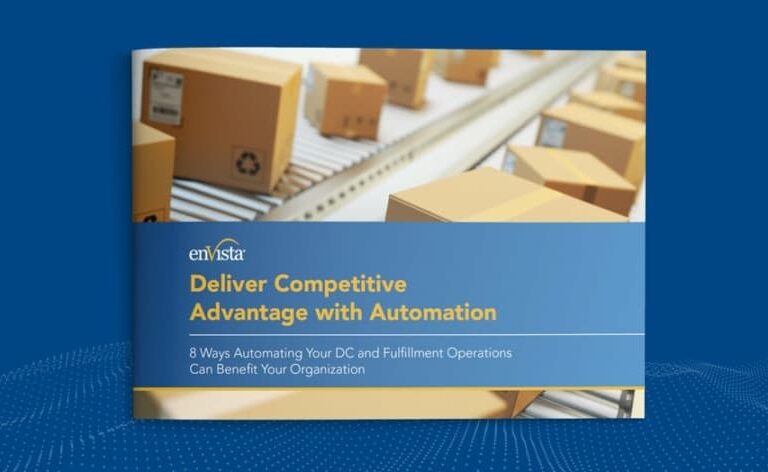In the intricate web of global commerce, efficiency and optimization are paramount. As the demands of modern consumers evolve, the mechanisms that drive the flow of goods must also evolve. Enter artificial intelligence (AI), a disruptive force reshaping the landscape of supply chain management. So, how is AI revolutionizing logistics?
1. Predictive Analytics:
At the heart of AI’s impact on the supply chain lies its ability to crunch vast amounts of data and derive actionable insights. Predictive analytics, fueled by machine learning algorithms, enable companies to forecast demand with unprecedented accuracy. By analyzing historical sales data, market trends, weather patterns and even social media sentiment, AI empowers businesses to optimize inventory levels, reduce stockouts and streamline production processes.
2. Dynamic Routing and Optimization:
In the fast-paced world of logistics, every second counts. AI-driven routing and optimization algorithms revolutionize transportation management by dynamically adjusting delivery routes in real-time. By considering factors such as traffic conditions, weather forecasts, fuel costs and vehicle capacities, these algorithms ensure the most efficient use of resources while minimizing delivery times and costs. Whether it’s optimizing truck routes, scheduling cargo shipments or managing last-mile deliveries, AI empowers logistics companies to stay agile and responsive in an ever-changing environment.
3. Warehouse Automation:
Gone are the days of manual inventory management and labor-intensive picking processes. AI-powered warehouse automation systems leverage robotics, computer vision and machine learning to optimize warehouse operations. Automated guided vehicles (AGVs) navigate warehouse floors, autonomously transporting goods from storage to packing areas. Meanwhile, robotic arms equipped with advanced sensors and AI algorithms handle repetitive tasks such as sorting, picking and packing with unmatched speed and precision. By eliminating human error and streamlining workflows, these systems enhance efficiency, reduce operational costs and improve order accuracy.
4. Supply Chain Visibility and Transparency:
In today’s interconnected global economy, supply chain visibility is crucial for mitigating risks and ensuring compliance with regulatory standards. AI-powered supply chain visibility platforms provide real-time insights into every stage of the supply chain, from raw material sourcing to final delivery. By aggregating data from disparate sources and applying advanced analytics techniques, these platforms enable companies to track inventory levels, monitor production processes and anticipate potential disruptions proactively. Moreover, AI-driven blockchain solutions offer immutable records of transactions, enhancing transparency and traceability across the supply chain.
5. Demand Forecasting and Inventory Management:
Effective demand forecasting is the cornerstone of inventory management, allowing companies to balance supply and demand while minimizing excess inventory and stockouts. AI-driven demand forecasting models analyze historical sales data, market trends and external factors to generate accurate predictions of future demand. By leveraging machine learning algorithms, these models adapt and improve over time, capturing evolving consumer behavior and market dynamics. Armed with precise demand forecasts, businesses can optimize inventory levels, reduce carrying costs and improve customer satisfaction.
AI is not just a buzzword; it’s a transformative force that is reshaping the supply chain landscape. From predictive analytics and dynamic routing to warehouse automation and supply chain visibility, AI applications are revolutionizing every aspect of logistics. By harnessing the power of automation and AI, companies can unlock new levels of efficiency, agility and resilience, gaining a competitive edge in an increasingly complex and demanding marketplace.






